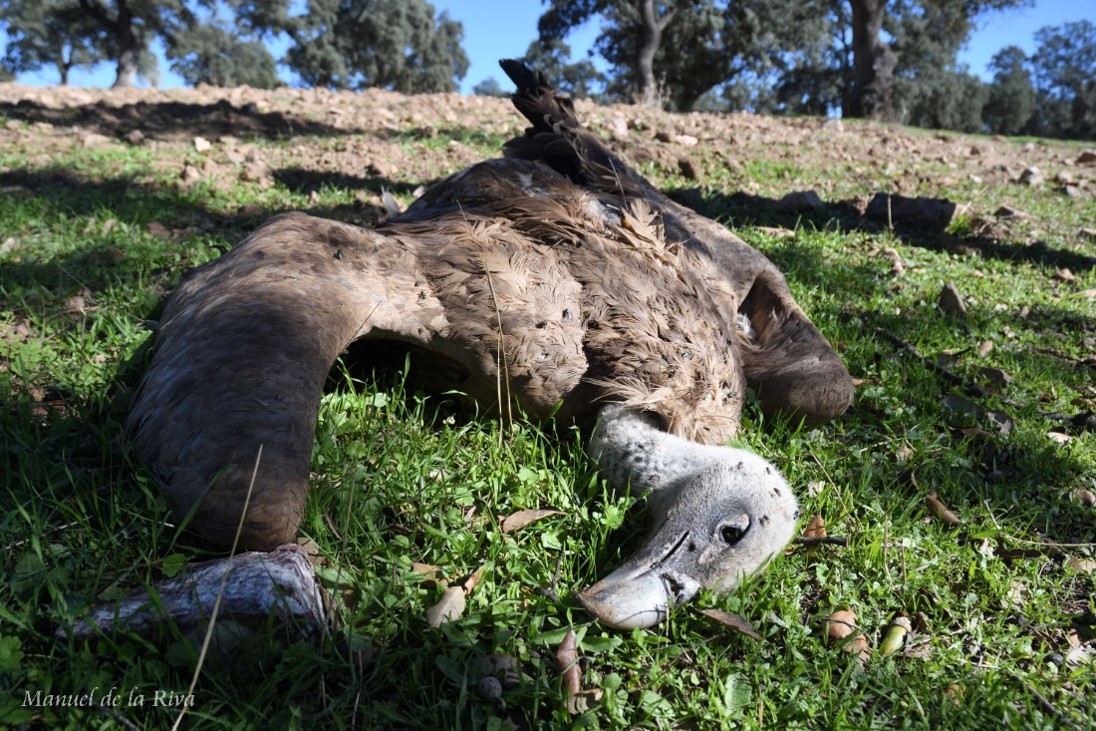Events of non-natural mortality in human-dominated landscapes are especially challenging for populations of large vertebrates with K strategies. Among birds, vultures are one of the most threatened groups experiencing sharp population declines due to non-natural mortality. Factors causing non-natural mortality are usually studied separately. However, the potential use of an integrated index able to predict large-scale mortality risks of avian scavengers could be especially useful for planning conservation strategies. Here, the Human Footprint index was used to examine the impact of landscape anthropization on the survival rates of 66 GPS-tagged adult Eurasian griffon vultures (Gyps fulvus) in two Spanish regions. Foraging in more anthropized areas resulted in a significantly higher individual mortality risk mainly due to collisions with vehicles, poisonings, electrocutions and fatalities with wind turbines. Mean yearly survival rates were estimated at 0.817 and 0.968 for individuals from the more and less anthropized regions, respectively. Additional research should investigate whether some vulture populations could be acting as sinks unnoticed due to metapopulation dynamics. From a broader point of view, this study shows that a straightforward Human Footprint was a useful index to predict the survival of top scavengers and can be highly applicable to planning large-scale conservation measures. informacion[at]ebd.csic.es: Arrondo et al (2020) Landscape anthropization shapes the survival of a top avian scavenger. Biodivers Conserv. https://doi.org/10.1007/s10531-020-01942-6
https://link.springer.com/article/10.1007%2Fs10531-020-01942-6#

 Las altas temperaturas están provocando que las lagunas y las marismas de Doñana pierdan agua rápidamente
Las altas temperaturas están provocando que las lagunas y las marismas de Doñana pierdan agua rápidamente




